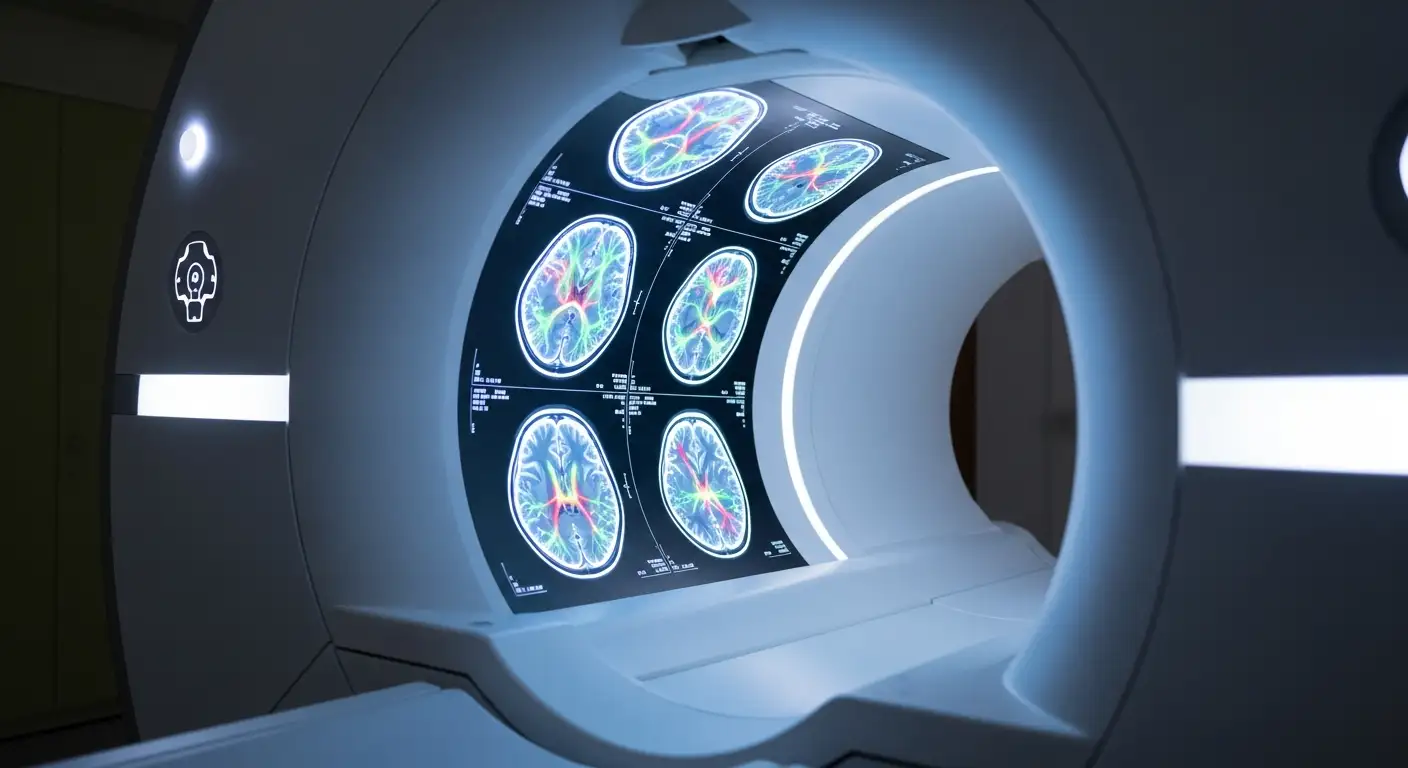Autism and the Role of Sleep Hygiene in Behavior
Unlocking Behavioral Improvements in Autism Through Sleep Hygiene
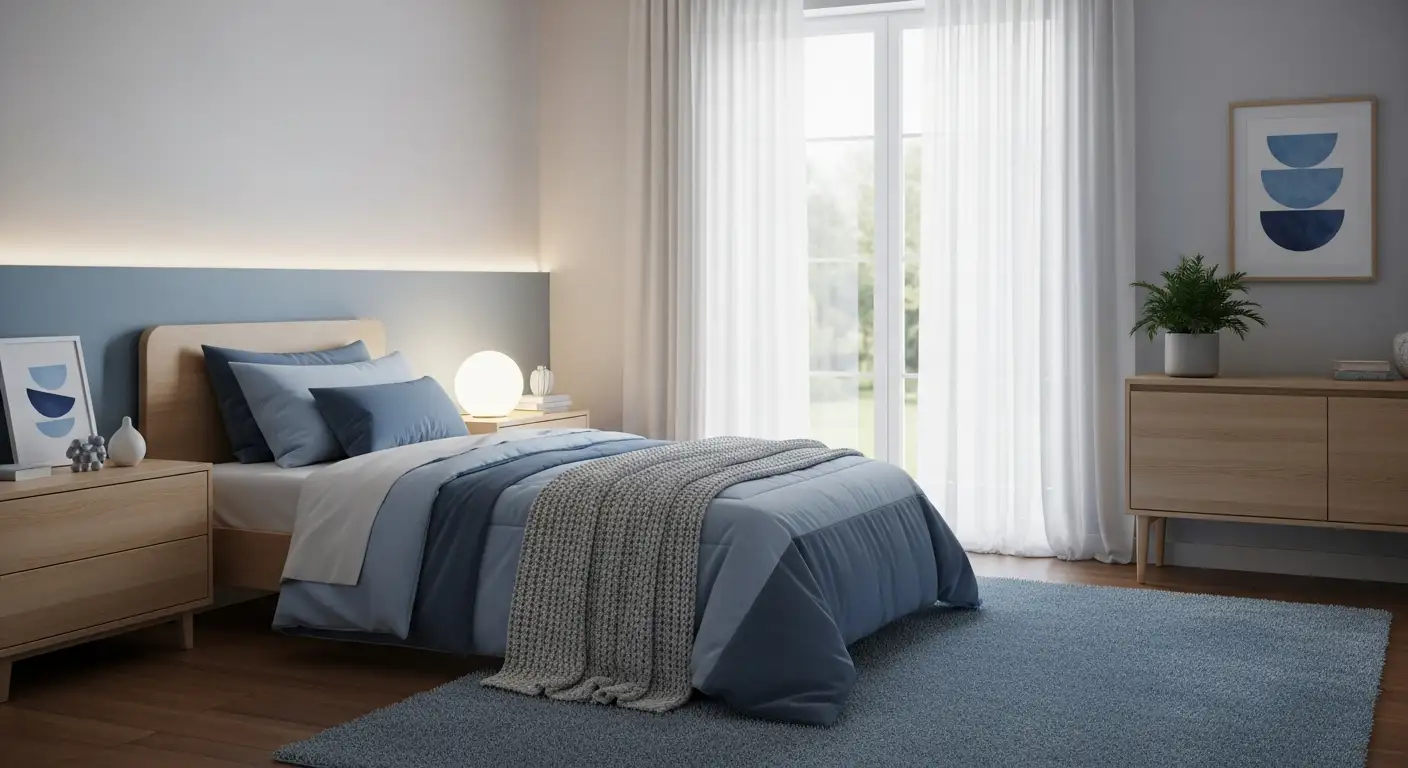
Understanding the Intersection of Autism, Behavior, and Sleep
Sleep disturbances are a highly prevalent and often underrecognized challenge for children with autism spectrum disorder (ASD), significantly influencing behavioral outcomes and quality of life. This article explores the critical role sleep hygiene plays in managing behavioral issues associated with ASD, the neurophysiological underpinnings of sleep difficulties, and how targeted therapies, including Applied Behavior Analysis (ABA), can leverage sleep improvements to enhance daily functioning and social skills.
Prevalence and Nature of Sleep Problems in Autism Spectrum Disorder

How prevalent are sleep problems in children with autism?
Sleep difficulties affect a substantial proportion of children with autism spectrum disorder (ASD), with prevalence estimates ranging from 40% to as high as 83%. This range underscores how sleep problems are significantly more common in children with ASD compared to typically developing peers. The high occurrence rates highlight the importance of awareness and intervention for this population.
What types of sleep problems are commonly observed in children with ASD?
Children with ASD experience a variety of sleep challenges. Common difficulties include:
- Prolonged sleep latency: Taking longer to fall asleep.
- Decreased sleep efficiency: Lower percentage of time spent asleep while in bed.
- Reduced total sleep time: Shorter overall duration of sleep each night.
- Increased night awakenings: More frequent waking episodes during sleep.
- Bedtime resistance: Difficulty settling down at night.
- Daytime sleepiness: Excessive tiredness during the day.
These sleep disturbances affect both the quality and quantity of sleep, contributing to further challenges for children with ASD.
How do sleep problems in ASD compare to those in typically developing children?
Sleep problems are more prevalent and often more severe in children with ASD than in typically developing children. While sleep difficulties can occur in all children, those with ASD experience higher rates of disruption and more complex sleep-related issues. Understanding these differences is crucial for tailored approaches to managing sleep in the ASD population.
Neurophysiological Factors Contributing to Sleep Disturbances in Autism
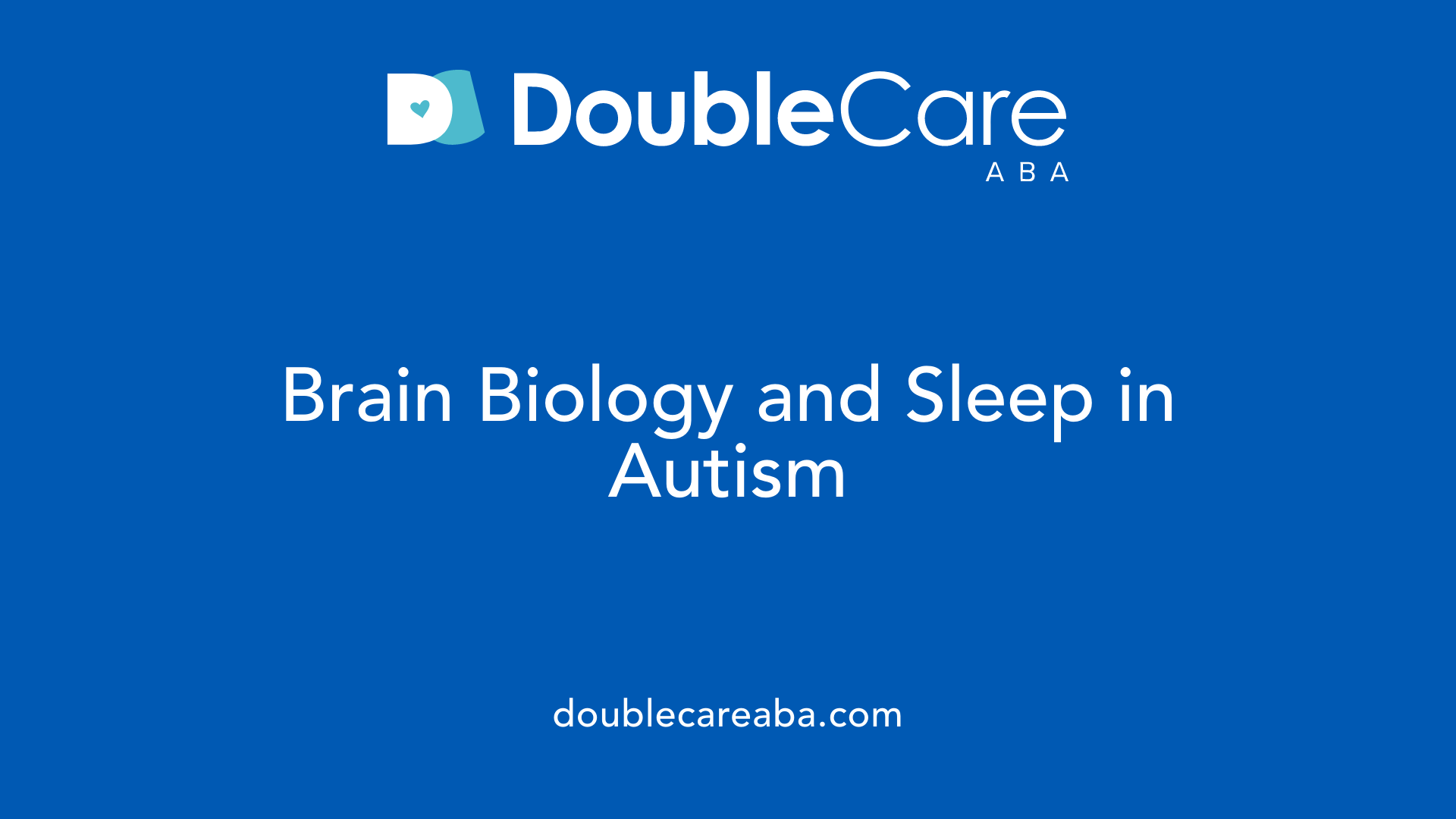
What neurophysiological factors are linked to sleep disturbances in ASD?
Sleep disturbances in individuals with autism spectrum disorder (ASD) are often rooted in neurophysiological factors that disrupt normal sleep patterns. A primary contributor is abnormal melatonin secretion. Melatonin, an endogenous hormone produced by the pineal gland, plays a critical role in regulating the circadian rhythm—the body's internal clock that dictates the sleep-wake cycle.
Research shows that in many children with ASD, melatonin levels may be irregular, leading to difficulties with sleep onset and maintenance. This hormonal disruption can cause prolonged sleep latency, decreased total sleep time, and increased night awakenings.
Circadian rhythm impairments are another important neurophysiological factor. The internal regulation of sleep timing may be impaired in ASD, contributing to irregular sleep-wake cycles and daytime sleepiness. These circadian disruptions may result from altered neuronal signaling or dysfunction in brain regions controlling biological rhythms.
In addition to hormonal and circadian dysfunction, biological causes such as sensory overarousal and hyperarousal states linked to ASD may exacerbate sleep issues. These neurobiological factors combine to create a challenging sleep environment, impacting both sleep quality and duration.
Understanding these underlying biological mechanisms is essential for developing effective interventions. Treatments like melatonin supplementation target these hormonal imbalances, while behavioral strategies aim to regulate circadian rhythms and reduce arousal levels, helping improve sleep outcomes in children with ASD.
Behavioral and Medical Contributors to Sleep Issues in ASD

What behavioral and medical factors contribute to sleep problems in children with autism?
Sleep difficulties in children with autism spectrum disorder (ASD) arise from a mix of biological, medical, and behavioral influences. Biologically, factors such as sensory overarousal often make it hard for children with ASD to settle down, while anxiety and co-occurring conditions like attention-deficit/hyperactivity disorder (ADHD) further complicate sleep patterns. Hormonal imbalances, particularly disruptions in melatonin secretion and circadian rhythms, also play a significant role in these sleep challenges.
Medically, certain conditions typically seen in children with ASD contribute to sleep disruptions. These include sleep apnea, which results in breathing interruptions during sleep; seizures that interfere with normal rest; and gastrointestinal problems that can cause discomfort at night.
Behavioral aspects have an equally strong influence. Lack of adequate daytime exercise can reduce sleep drive, while excessive screen time before bed exposes children to blue light that delays sleep onset. Additionally, caffeine consumption can lead to difficulties falling asleep. Parental stress around managing ASD symptoms also indirectly affects the child’s sleep quality by impacting household routines and bedtime consistency.
Understanding these contributors is vital because addressing them can improve sleep quality and daytime behavior. Integrating interventions that target sensory sensitivities, anxiety, and co-existing medical issues—alongside promoting healthy behavioral habits—provides a comprehensive approach to managing sleep disturbances in ASD.
Impact of Sleep Disturbances on Core Autism Symptoms and Behavior
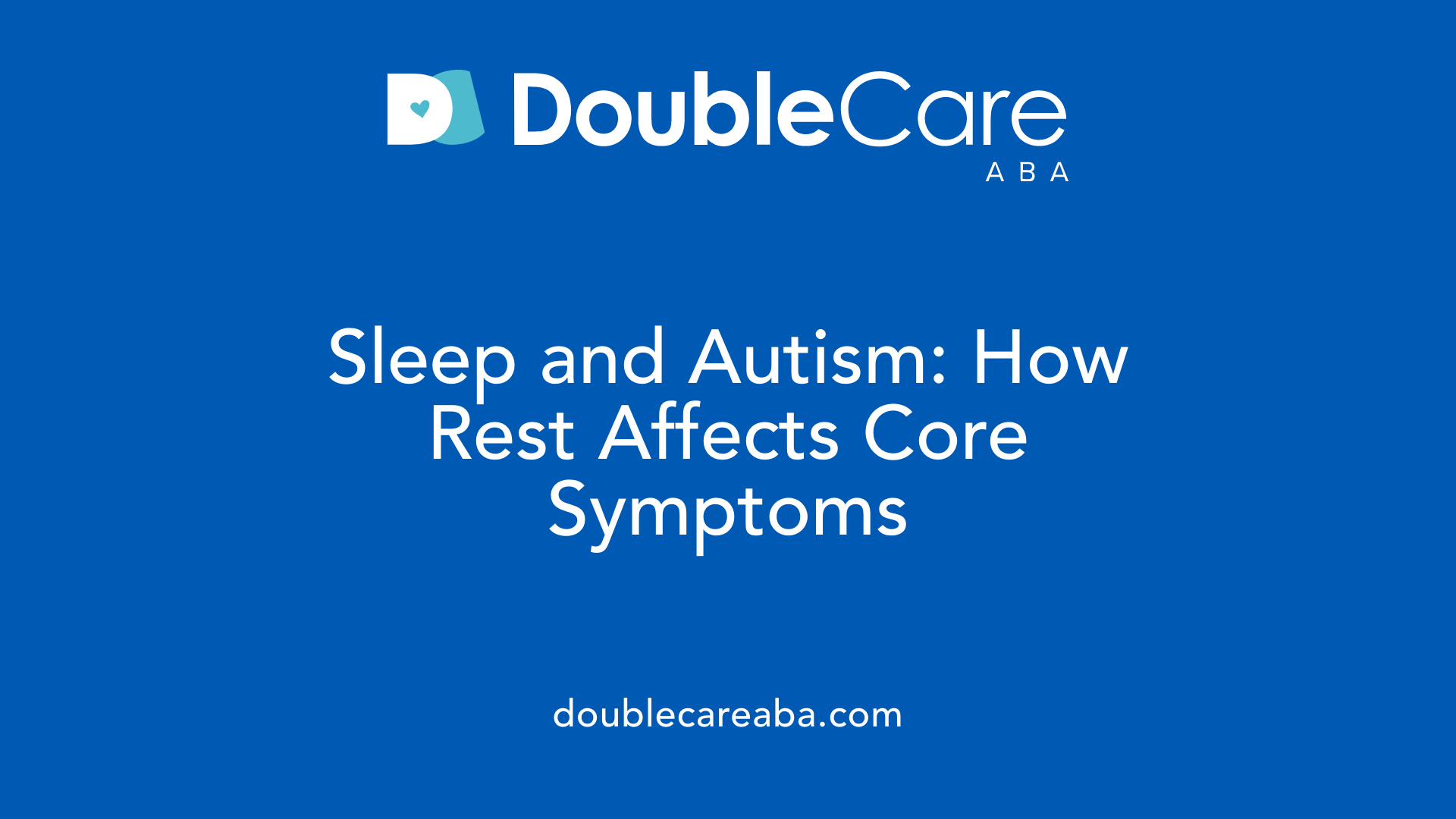
How do sleep problems affect core autism symptoms and challenging behaviors?
Sleep disturbances are common in children with autism spectrum disorder (ASD) and have a significant impact on their core symptoms and behaviors. Poor sleep quality can exacerbate difficulties in social communication, an essential area of challenge in ASD. When sleep is disrupted, children often show increased deficits in interacting and communicating effectively with others.
In addition to social communication issues, sleep problems increase stereotypic and repetitive behaviors. These behaviors, which include repetitive movements and strict adherence to routines, tend to be more pronounced when sleep is insufficient or fragmented.
Sleep difficulties also relate closely to externalizing behaviors. Children with ASD experiencing poor sleep may display more aggression, irritability, hyperactivity, and non-compliance. These challenging behaviors not only affect the child’s functioning but also impact family dynamics and daytime activities.
Research shows these effects are particularly notable in children with lower functioning autism, who are more susceptible to chronic sleep disruptions and their behavioral consequences. Addressing sleep problems through targeted interventions may help mitigate these adverse behavioral outcomes and improve the overall quality of life for children with ASD and their families.
Severity and Functioning Level Influence on Sleep-Wake Cycle Disturbances
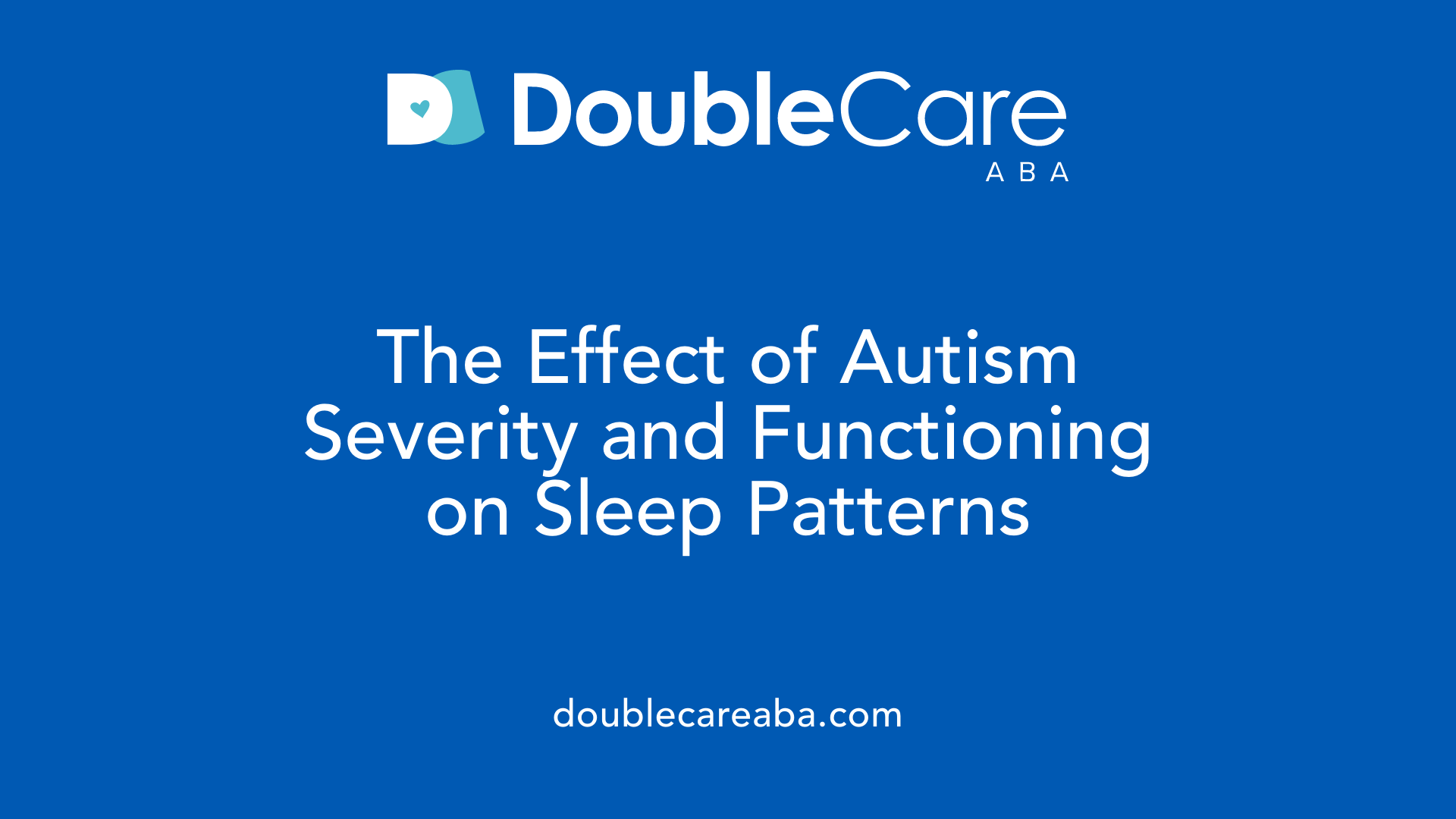
How does the severity or functioning level of autism affect sleep problems?
Sleep disturbances are common across the autism spectrum but tend to present differently depending on the individual's level of functioning. Individuals with low-functioning autism experience a higher predisposition to chronic sleep-wake cycle disturbances compared to those with higher-functioning ASD. This suggests that sleep issues are not uniform and may be more persistent and severe in children with greater autism severity.
Low-functioning ASD is often associated with more intense neurophysiological irregularities, including abnormal melatonin secretion and disrupted circadian rhythms, which can exacerbate difficulties in falling asleep, night awakenings, and maintaining a consistent sleep pattern. These challenges potentially contribute to increased daytime behavioral problems such as irritability and hyperactivity, further complicating the management of ASD symptoms.
In contrast, higher-functioning individuals may experience milder or more manageable sleep difficulties, often responding better to behavioral interventions like structured bedtime routines and sleep hygiene practices. This variation highlights the importance of tailoring sleep treatments according to the individual's functioning level.
Understanding these differences is critical for developing targeted sleep interventions that address specific needs across the spectrum, particularly emphasizing support for those with low-functioning autism whose sleep disturbances may be more entrenched and impactful on overall quality of life.
Underdiagnosis and Undertreatment of Sleep Problems in ASD

Are sleep problems in autism frequently recognized and treated?
Sleep problems in children with autism spectrum disorder (ASD) are unfortunately often underdiagnosed and undertreated in clinical settings. Despite affecting a large proportion—between 40% and 80%—of children with ASD, these sleep disturbances frequently go unrecognized. This gap in diagnosis means many children do not receive the support needed to manage these difficulties.
Clinical practice gaps
One reason for underdiagnosis is that sleep issues in ASD may be overshadowed by more visible core symptoms, such as social or communication difficulties. Additionally, inconsistent screening for sleep problems during routine ASD evaluations contributes to missed opportunities for intervention.
Clinicians may not always connect behavioral issues—including increased aggression, irritability, and hyperactivity—to underlying sleep disturbances. Furthermore, sleep problems in children with low-functioning autism, who are more prone to chronic sleep-wake disturbances, might be especially overlooked due to their complex care needs.
Impact on behavior and quality of life
Poor sleep quality exacerbates core symptoms of ASD, such as social communication deficits and repetitive behaviors. Children experiencing inadequate sleep also tend to display more challenging behaviors like non-compliance and daytime sleepiness, negatively affecting their daily functioning and family dynamics.
The absence of proper diagnosis and treatment can therefore perpetuate a cycle where sleep difficulties worsen behavioral challenges, reducing overall quality of life for both the child and their families. Addressing these issues early through tailored interventions—such as melatonin supplementation and behavioral sleep hygiene—can significantly improve daytime behaviors and wellbeing.
Summary Table:
| Issue | Description | Consequence |
|---|---|---|
| Underdiagnosis | Sleep problems frequently not identified in clinical care | Missed intervention opportunities |
| Behavior link | Increased aggression, irritability linked to poor sleep | Worsening of ASD core symptoms and behaviors |
| Impact on families | Daytime functioning impaired | Reduced quality of life for children and caregivers |
Recognizing and treating sleep issues in ASD is vital to help improve overall developmental and behavioral outcomes.
Role of Melatonin in Managing Sleep Disturbances in Autism

What is the role of melatonin in treating sleep issues in ASD?
Melatonin is a natural hormone produced by the body that plays a crucial role in regulating the circadian rhythm, or the sleep-wake cycle. In children with autism spectrum disorder (ASD), abnormal melatonin secretion patterns and disrupted circadian rhythms are common contributors to sleep disturbances such as difficulty falling asleep, fragmented sleep, and altered sleep duration.
Clinically, melatonin supplementation has become a widely used treatment to address these sleep problems in children with ASD. When combined with behavioral strategies—such as establishing consistent bedtime routines and improving sleep hygiene—melatonin can help normalize sleep patterns and improve overall sleep quality.
Clinical use and guidance
Melatonin treatment should always be initiated and monitored by a healthcare professional to ensure proper dosing and to tailor interventions to the child’s specific needs. This clinical guidance helps avoid potential misuse and enhances the effectiveness of melatonin as a supplement to behavioral interventions.
Safety profile
Melatonin is generally regarded as safe for use in children with ASD, with no long-term side effects identified to date. Its favorable safety profile makes it a preferred pharmacological option to complement non-pharmacological approaches like behavioral therapy. However, ongoing monitoring by clinicians is essential to ensure continued safety and efficacy.
By targeting the hormonal imbalances contributing to disrupted sleep, melatonin offers a promising avenue to improve not only sleep quality but also daytime behaviors affected by poor sleep in children with autism.
Behavioral Sleep Interventions and Sleep Hygiene Strategies
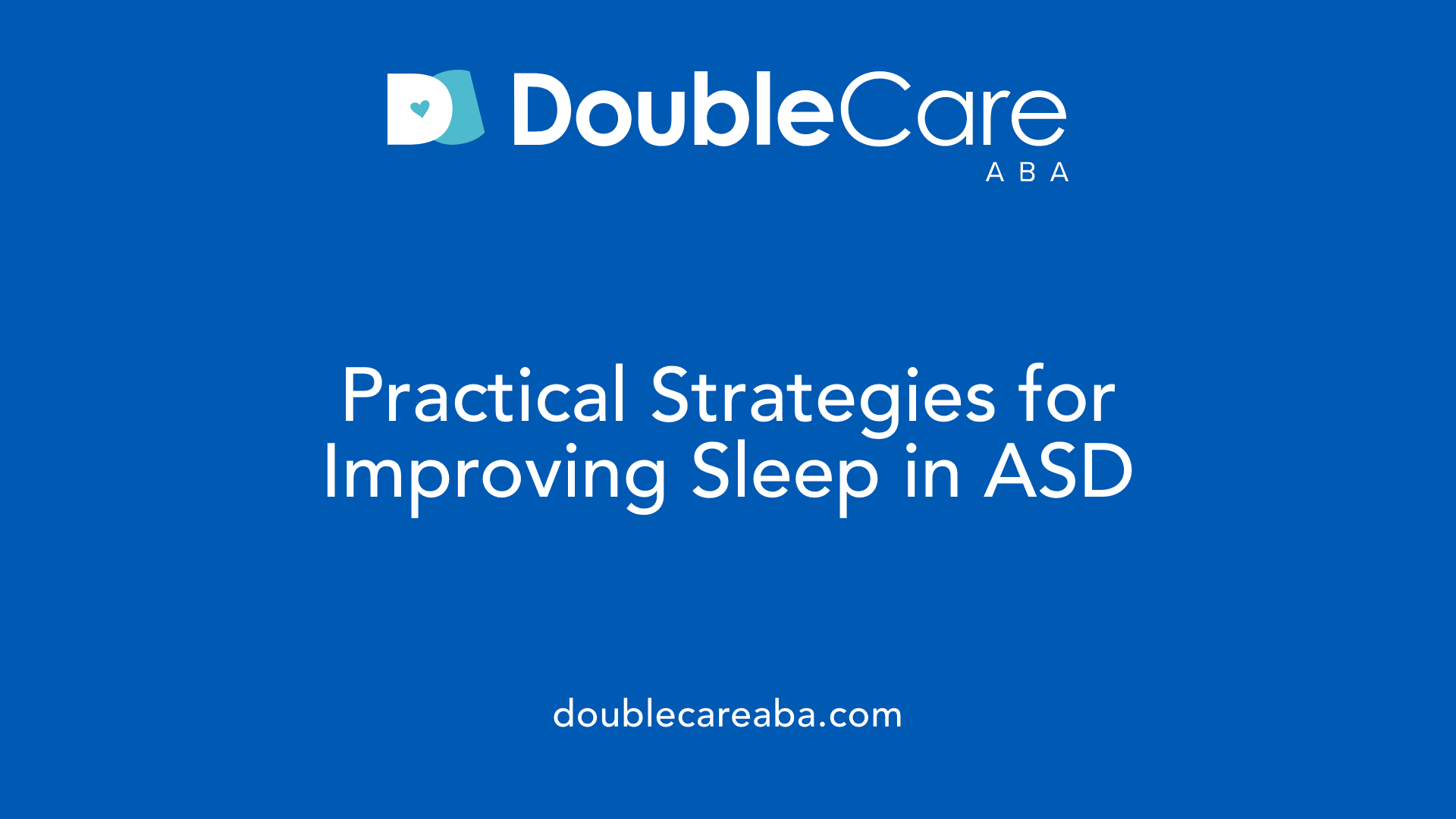
How effective are behavioral sleep interventions for children with ASD?
Behavioral sleep interventions have shown promising results in managing sleep problems in children with autism spectrum disorder (ASD). These interventions typically focus on establishing consistent bedtime routines, a critical aspect of sleep hygiene for children with ASD who often benefit from predictable and structured activities.
Establishing consistent bedtime routines
Bedtime routines involve a series of repetitive and predictable activities before sleep, which help signal to the child that it is time to wind down. For children with ASD, such routines can reduce bedtime resistance and improve overall sleep quality. The consistency of these routines is pivotal; however, their impact on reducing externalizing behaviors like aggression and irritability may differ when compared to typically developing children.
Use of visual supports
Visual supports are another essential component of behavioral interventions. They provide children with clear, concrete cues about the sleep routine, helping reduce anxiety and sensory overload that often disrupt sleep in ASD. Visual schedules or storyboards help reinforce the sequence of bedtime activities, thereby improving compliance and reducing struggles around bedtime.
Impact on sleep latency and repetitive behaviors
Implementing these behavioral strategies has been shown to effectively shorten sleep latency—the time it takes to fall asleep—and decrease night awakenings. Furthermore, these interventions often lead to a reduction in repetitive behaviors, likely due to the calming and structured environment they create before bedtime.
Overall, behavioral interventions that promote sleep hygiene through routine and visual supports offer a non-pharmacological means to improve sleep and associated daytime behaviors in children with ASD. These strategies can be tailored to individual needs, making them accessible and practical for families managing ASD-related sleep difficulties.
Correlation Between Sleep Hygiene and Externalizing Behavior Problems
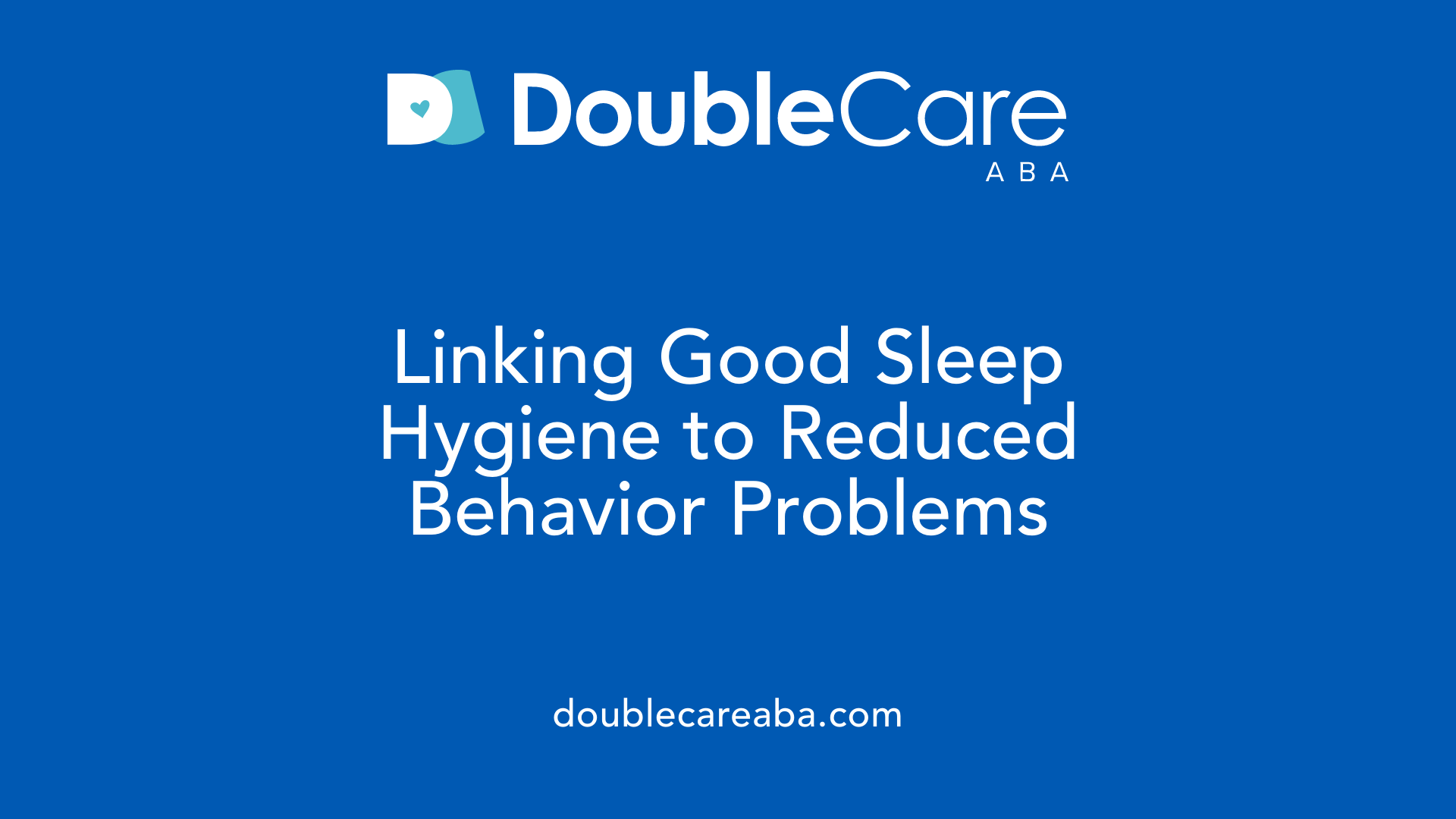
How does sleep hygiene relate to externalizing behavioral problems in children with ASD?
Research indicates a clear connection between sleep hygiene and externalizing behavioral problems in children with autism spectrum disorder (ASD). Poor sleep hygiene—characterized by irregular or less structured bedtime routines—is associated with increased externalizing behaviors such as aggression, hyperactivity, and irritability. These behaviors often disrupt both family life and daytime functioning for the child.
Consistent bedtime routines, as a vital component of sleep hygiene, help improve sleep quality and have been linked to reductions in challenging behaviors. However, for children with ASD, the relationship between routines and externalizing behaviors is more complex.
Differences between ASD and Typically Developing Children
In typically developing children, frequent and structured routines have a stronger protective effect against externalizing behaviors, leading to notable decreases in aggression and similar difficulties. Conversely, in children with ASD, although routines are important and positively correlated with better sleep quality, they do not necessarily provide the same level of reduction in externalizing behaviors. This suggests that ASD may modify how sleep hygiene influences behavior.
Moreover, the severity of sleep disturbances in children with ASD influences these outcomes. Children with less consistent routines and greater sleep problems are more likely to exhibit higher levels of externalizing behaviors, emphasizing the need for tailored intervention strategies.
Overall, while encouraging consistent bedtime routines and good sleep hygiene is important for all children, those with ASD may require more specialized approaches to address the complex links between sleep and behavior effectively.
Importance of Routines and Structured Sleep Hygiene in ASD
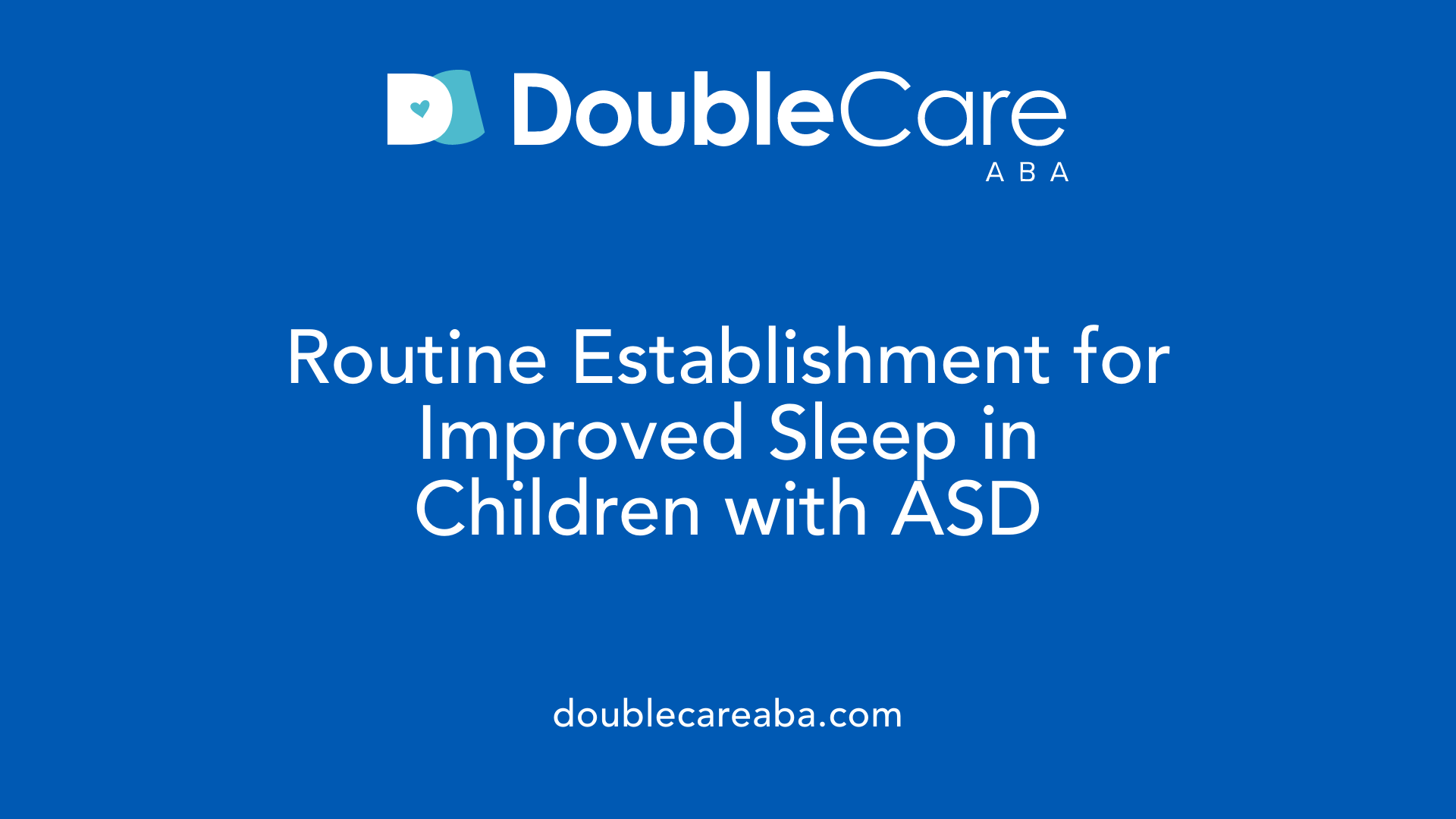
Preference for routines in autistic children
Children with autism spectrum disorder (ASD) commonly show a strong preference for routines. These routines are often structured and repetitive, involving predictable interactions with at least one adult. This consistency helps create a comforting and stable environment, which is particularly important for children with ASD who may struggle with changes and unpredictability.
Role of bedtime routines in sleep quality
Bedtime routines are a critical part of sleep hygiene for children with ASD. By engaging in consistent, repetitive activities before sleep, these routines help improve sleep quality. Properly maintained routines can reduce sleep latency, meaning children fall asleep faster, and can also decrease behaviors that interfere with sleep, such as bedtime resistance.
Why are routines important for children with ASD in relation to sleep?
Children with autism often benefit from structured, repetitive routines, particularly at bedtime. Such routines support better sleep by providing predictability and reducing anxiety, which commonly disrupt sleep patterns in ASD. This structured approach to sleep hygiene is linked to improved sleep quality and can help mitigate externalizing behavioral problems often associated with poor sleep in this population.
Overall, establishing consistent bedtime routines is a helpful strategy in managing sleep difficulties in children with ASD and supports better daytime functioning by promoting restorative sleep.
Dysregulation of Arousal and Hyperarousal in Autism and Its Link to Sleep
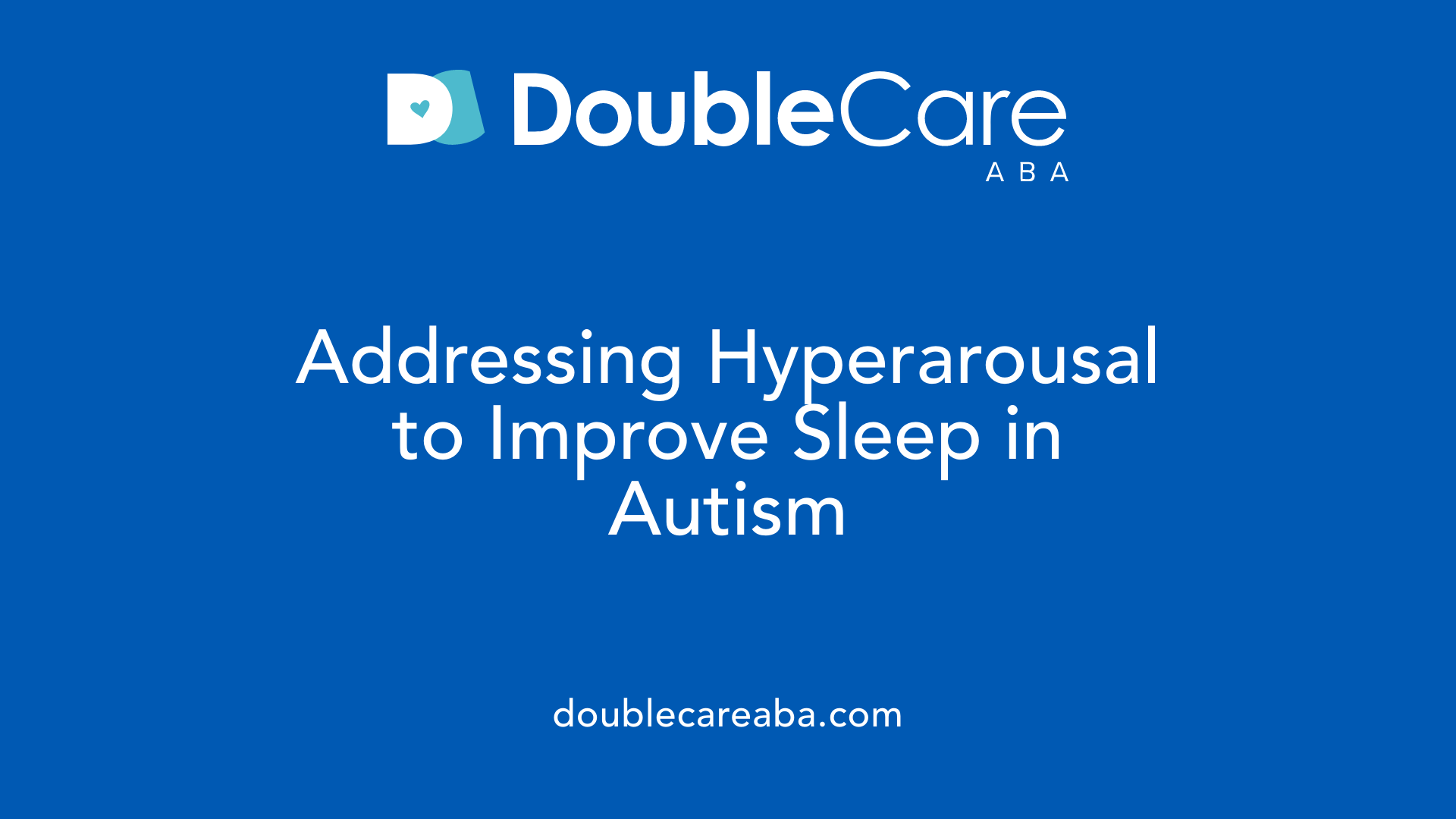
What is the connection between arousal regulation and sleep problems in autism?
In autism spectrum disorder (ASD), dysregulation of arousal and hyperarousal are common challenges that significantly impact sleep quality. These states of heightened alertness or difficulty calming down are often linked to anxiety, sensory overload, and gastrointestinal (GI) issues, all of which are prevalent in many autistic individuals. When the nervous system remains in a state of hyperarousal, it becomes difficult for children with ASD to initiate and maintain restful sleep, leading to problems such as prolonged sleep latency and frequent night awakenings.
Biomedical and behavioral intervention strategies
Addressing hyperarousal can lead to meaningful improvements in both sleep and daytime functioning. Biomedical approaches may include interventions that target anxiety or GI symptoms, as well as careful use of melatonin to help regulate circadian rhythms and promote sleep onset. On the behavioral side, strategies to reduce sensory overload, such as creating calming environments and establishing consistent bedtime routines, have demonstrated benefits.
Interventions focusing on managing hyperarousal combine both approaches to optimize outcomes. For example, reducing daytime stressors and sensory triggers alongside melatonin supplementation and behavioral sleep hygiene can diminish the intensity of arousal dysregulation. These tailored plans are especially important because sleep disturbances frequently exacerbate autistic symptom challenges, including emotional regulation and repetitive behaviors.
By understanding and addressing the underlying arousal mechanisms, caregivers and clinicians can better support children with ASD in achieving improved sleep, ultimately enhancing overall quality of life.
Applied Behavior Analysis (ABA) Therapy: An Overview
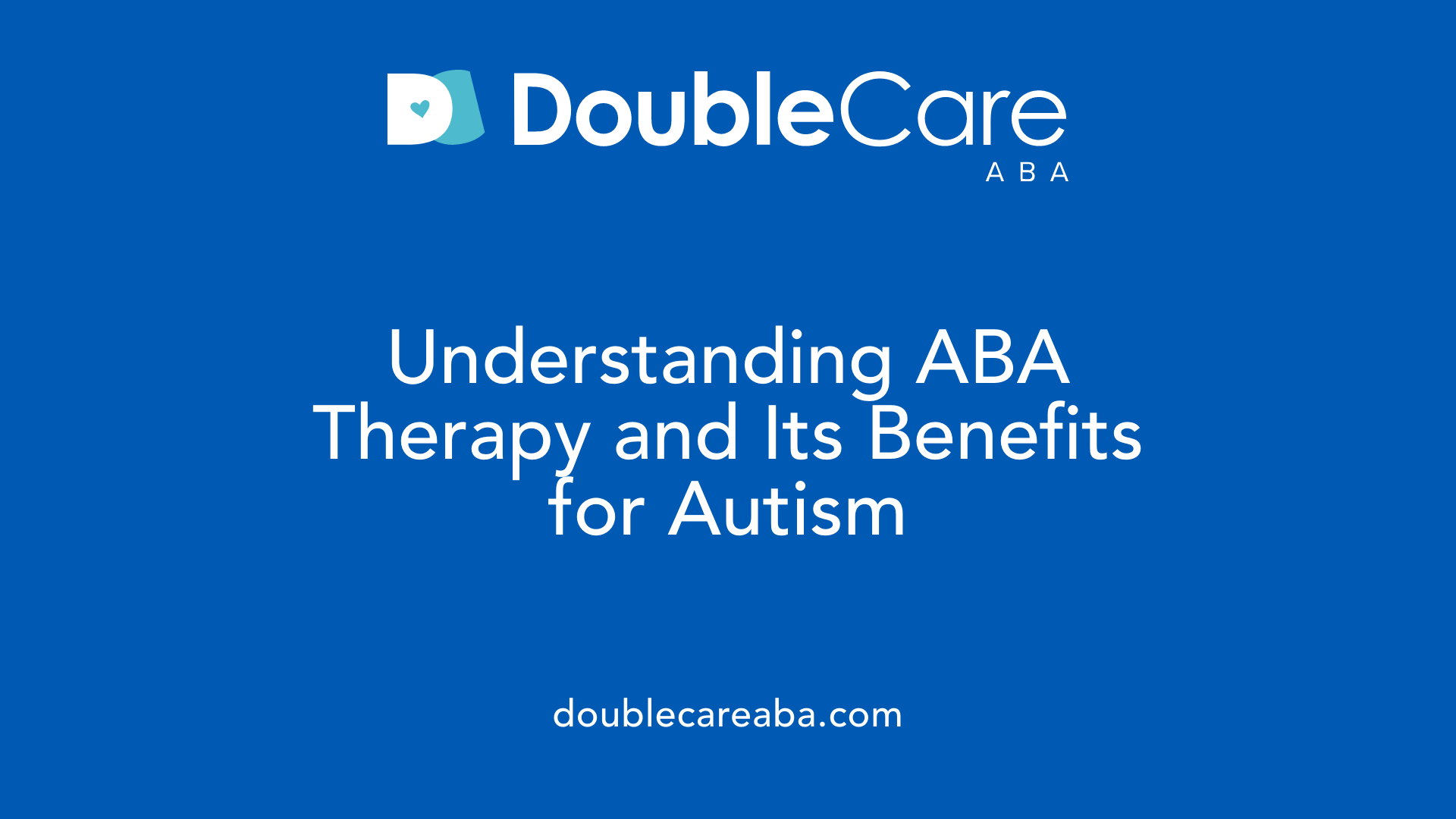
What is Applied Behavior Analysis (ABA) therapy and how does it help individuals with autism?
Applied Behavior Analysis (ABA) therapy is a scientifically validated approach based on the principles of learning and behavior. It helps individuals with autism by focusing on improving communication, social, and daily living skills. ABA breaks down complex skills into smaller, manageable steps and uses techniques such as positive reinforcement to encourage helpful behaviors while reducing problematic ones.
Definition and principles
ABA therapy centers on observing behavior, understanding its triggers, and applying targeted interventions to promote meaningful skill acquisition and behavior change. Core principles include reinforcement, prompting, and systematic teaching to help individuals adapt and learn in various environments.
Application for autism
ABA is widely recognized as an effective method for supporting individuals with autism spectrum disorder (ASD). It supports skill development ranging from basic communication to more advanced social interactions. The therapy also addresses challenging behaviors commonly seen in autism by replacing them with functional, positive alternatives.
Individualized treatment plans
Every person with autism has unique strengths and challenges; ABA therapies are therefore tailored to meet individual needs. Treatment plans are developed based on thorough assessments and are adjusted over time to maximize effectiveness and generalization of skills across settings and situations.
Role of ABA Therapy Providers and Their Qualifications

Who provides ABA therapy and what qualifications do these professionals have?
ABA therapy is primarily delivered by specialized professionals such as Board Certified Behavior Analysts (BCBAs), Registered Behavior Technicians (RBTs), and Board Certified Assistant Behavior Analysts (BCaBAs). These practitioners usually hold degrees in fields like psychology, education, or behavioral science, providing a solid foundation in understanding human behavior.
Certification and education requirements
To practice, ABA providers must obtain certification via the Behavior Analyst Certification Board (BACB). This process includes completing specific coursework, engaging in supervised clinical experience, and passing rigorous examinations. BCBA-level practitioners have advanced education and supervise the implementation of therapy programs, while RBTs provide direct therapy under supervision, ensuring quality and consistency.
These credentials ensure that ABA providers have the necessary skills to deliver evidence-based, effective interventions tailored to individuals' needs. Their qualifications play a crucial role in maintaining the integrity and success of ABA therapy programs.
Common Goals of ABA Therapy for Individuals with Autism
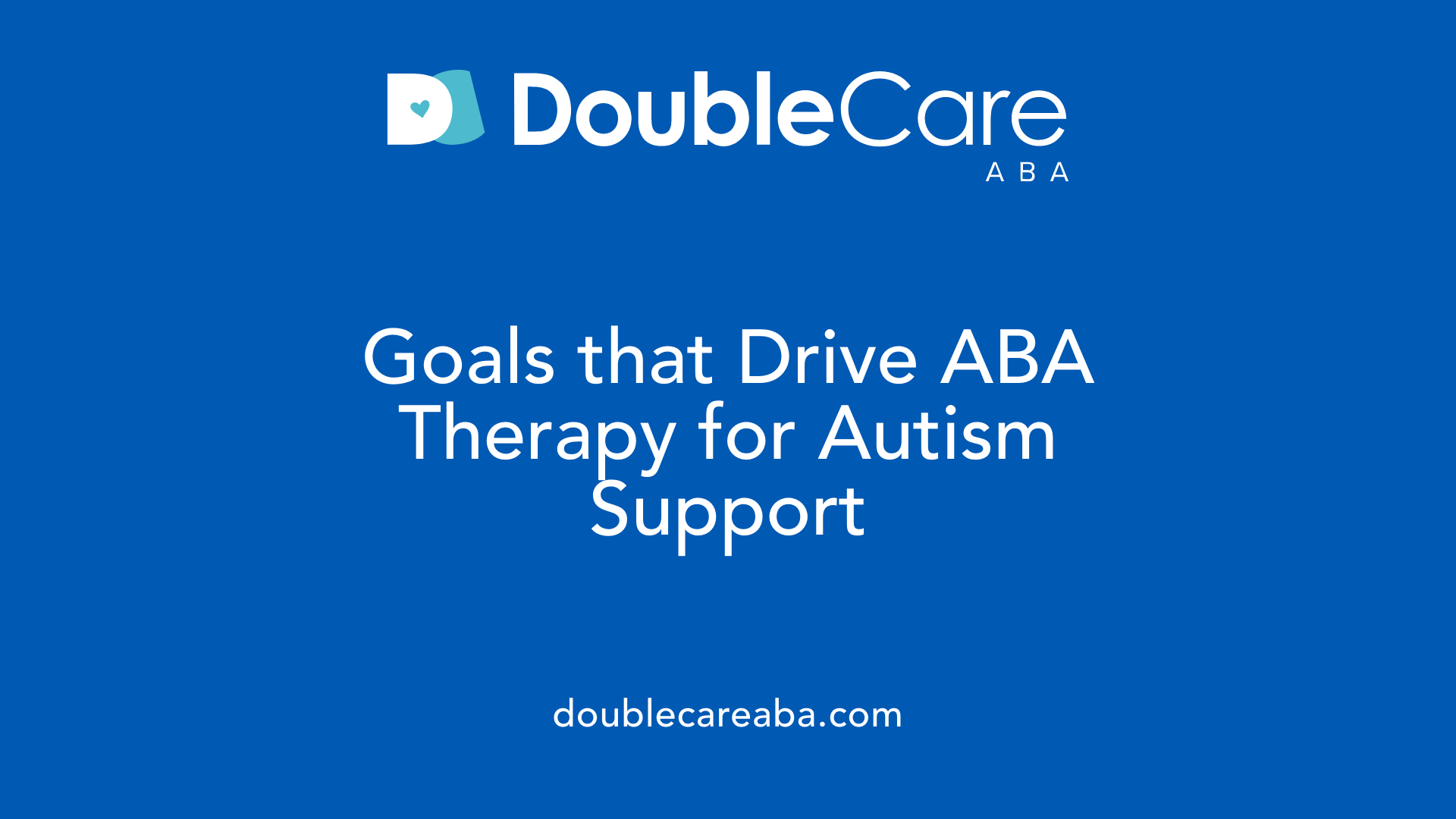
What are the common goals of ABA therapy for individuals with autism?
Applied Behavior Analysis (ABA) therapy is widely used to support individuals with autism spectrum disorder (ASD). Its objectives are personalized but generally focus on several overarching goals.
Firstly, ABA aims to improve communication and social skills. This includes helping individuals develop both verbal and nonverbal communication methods, enabling better interaction with others. Social skills improvement also encompasses understanding social cues and developing appropriate responses.
Secondly, ABA therapy targets the reduction of problematic or challenging behaviors such as aggression, irritability, and non-compliance. By identifying triggers and teaching alternative behaviors, ABA helps manage behaviors that interfere with learning and daily functioning.
Finally, enhancing independence is a crucial goal. This involves teaching adaptive skills necessary for daily living, including self-care, routine adherence, and functional academics. Increased independence supports better integration into various environments such as home, school, and community.
These goals are tailored to each individual's unique needs and strengths, aiming for improved overall quality of life and greater emotional regulation. The combination of targeting communication, behavior management, and independence provides a comprehensive framework that underpins the effectiveness of ABA therapy.
| Goal Category | Specific Targets | Outcome |
|---|---|---|
| Communication and Social Skills | Verbal/nonverbal communication, social cue understanding | Enhanced interaction and social participation |
| Reduction of Problematic Behaviors | Aggression, irritability, non-compliance | Managed behaviors leading to improved learning and daily functioning |
| Enhancement of Independence | Self-care, routine following, adaptive skills | Increased autonomy and ability to function across environments |
Measurement of ABA Therapy Effectiveness

How is the effectiveness of ABA therapy measured?
The effectiveness of Applied Behavior Analysis (ABA) therapy is primarily measured through systematic data collection focusing on various developmental and behavioral domains. Key assessment metrics include improvements in behavior patterns, communication skills, social interactions, intelligence quotient (IQ), and adaptive functioning abilities.
Practitioners utilize frequent and ongoing observations, standardized testing, parent and teacher reports, and direct behavioral assessments to quantify progress. This structured approach ensures that interventions are tailored and adjusted based on measurable outcomes.
Evidence of improvements in various domains
Numerous meta-analyses and research studies have demonstrated significant gains in children undergoing ABA therapy. Notably, improvements have been documented in IQ scores, expressive and receptive language abilities, and adaptive behaviors such as self-care and socialization skills.
These findings support ABA therapy as an evidence-based treatment for autism spectrum disorder (ASD). The measurable enhancements across cognitive, communicative, and behavioral domains underscore ABA's capacity to foster meaningful developmental growth.
Assessment Metrics in ABA Therapy
| Metric | Description | Purpose |
|---|---|---|
| Behavioral Frequency | Counting occurrences of targeted behaviors | Measure behavior increase or reduction |
| Language Skills | Standardized language tests and observations | Track communication improvements |
| Social Skills | Observations or rating scales | Evaluate social interaction progress |
| IQ Tests | Standardized intelligence assessments | Quantify cognitive development |
| Adaptive Functioning | Tools like Vineland Adaptive Behavior Scales | Assess practical daily living skills |
The consistent use of these metrics enables clear tracking of individual progress and informs ongoing treatment strategies.
Interaction Between ABA Therapy and Sleep Hygiene in Managing Behavior

How are behavioral and sleep interventions integrated in ASD?
Integrating Applied Behavior Analysis (ABA) therapy with sleep hygiene practices offers a comprehensive approach to managing behavioral challenges in children with Autism Spectrum Disorder (ASD). ABA therapy, which often relies on structured routines and consistent reinforcement, complements sleep hygiene strategies such as establishing bedtime routines and reducing environmental distractions. Together, these interventions support improvements in sleep latency, sleep efficiency, and overall sleep quality.
What are the benefits of combining ABA therapy with sleep hygiene?
Combining these interventions can notably reduce externalizing behaviors like aggression, irritability, and hyperactivity that are often worsened by poor sleep. Sleep disturbances in ASD exacerbate core symptoms, including social communication deficits and repetitive behaviors, which ABA aims to target. By improving sleep quality through behavioral routines and hygiene, the effectiveness of ABA in enhancing social and emotional regulation is further enhanced.
Why is this integration especially important for children with ASD?
Children with ASD frequently prefer structured and repetitive routines, which ABA therapy capitalizes on. When these routines extend into sleep hygiene practices—such as consistent bedtime schedules and visual supports before sleep—they can mitigate the negative impact of sleep problems on daytime behavior. However, research suggests that while routines benefit typically developing children by reducing externalizing behaviors, children with ASD may require tailored interventions to achieve similar protective effects.
Overall, the synergy between ABA therapy and structured sleep hygiene routines provides a promising pathway to improve sleep and behavioral outcomes in children with ASD, emphasizing the need for personalized treatment plans that address both behavioral and physiological contributors to sleep disturbances.
How Sleep Problems Influence ABA Therapy Outcomes

How Do Sleep Disturbances Limit ABA Progress?
Sleep problems are highly prevalent among children with Autism Spectrum Disorder (ASD), with estimates ranging from 40% to over 80%. These disturbances often include prolonged sleep onset, frequent night awakenings, and reduced total sleep time. Such issues can significantly limit progress in Applied Behavior Analysis (ABA) therapy, a primary intervention for ASD.
Poor sleep quality impairs cognitive function, emotional regulation, and social communication, which are crucial domains targeted by ABA. For example, insufficient sleep affects brain areas like the prefrontal cortex and amygdala, leading to difficulties in attention, social interactions, and emotional control. Consequently, children may struggle to engage fully in therapy sessions or generalize learned skills outside clinical settings.
Low-functioning individuals with ASD may experience more chronic sleep-wake cycle disruptions, making behavioral interventions more challenging. Additionally, sleep disturbances can exacerbate core ASD symptoms such as stereotypic behaviors and communication impairments, which are central goals of ABA therapy. Addressing sleep issues is therefore essential to create optimal conditions for therapy effectiveness.
What Behavioral Challenges Are Related to Poor Sleep?
Sleep difficulties in ASD are strongly linked to increased challenging behaviors, including aggression, irritability, hyperactivity, and non-compliance. These behaviors disrupt not only the child's well-being but also the conduct and outcomes of ABA therapy sessions.
Moreover, poor sleep amplifies externalizing behaviors. Studies show that less structured sleep routines and poor sleep hygiene correlate with higher levels of such behaviors in autistic children. Given that ABA therapy often focuses on reducing disruptive behaviors, concurrent sleep problems may undermine these efforts.
Interventions combining melatonin supplementation with behavioral approaches like establishing consistent bedtime routines have shown promise in improving sleep and reducing related behavioral challenges. Incorporating sleep management into ABA treatment plans can therefore enhance behavioral regulation and support therapy progress.
| Sleep Problem | Impact on ABA Therapy | Behavioral Consequences |
|---|---|---|
| Prolonged sleep latency | Reduced attention and engagement | Increased irritability and hyperactivity |
| Frequent night awakenings | Daytime sleepiness affecting learning | Non-compliance, aggression |
| Reduced sleep efficiency | Impaired social communication skills | Stereotypic and repetitive behaviors worsen |
Understanding and addressing sleep disturbances is crucial for maximizing ABA outcomes and improving the quality of life for children with ASD.
Tailoring Sleep Interventions Based on Autism Severity and Functioning Level

Why Tailored Sleep Treatment Plans Are Needed for Children with ASD
Sleep disturbances in children with autism spectrum disorder (ASD) vary widely in type and severity, necessitating individualized treatment plans. Research indicates that symptoms such as prolonged sleep latency, fragmented sleep, and bedtime resistance manifest differently depending on the severity and functional level of autism. Since poor sleep can aggravate social and behavioral challenges, customizing interventions is crucial to effectively improve sleep quality and daytime functioning.
Special Considerations for Low-Functioning ASD Individuals
Children with low-functioning autism are particularly prone to chronic sleep-wake cycle disturbances compared to their higher-functioning peers. This heightened vulnerability requires focused attention when designing sleep interventions. Neurophysiological factors such as abnormal melatonin secretion and circadian rhythm disruptions are often more pronounced, complicating sleep patterns.
Approaches to Customized Sleep Interventions
Effective strategies for low-functioning ASD include combining melatonin supplementation with behavioral interventions tailored to the individual's needs. Behavioral techniques emphasize establishing predictable routines and reducing sensory overload, which help regulate arousal levels. Since these children may not benefit from routines in the same way as typically developing children, clinicians must adapt interventions accordingly.
Future Directions
Given the diversity in sleep issues across the autism spectrum, profiling sleep disturbances at an individual level can guide more precise and impactful treatments. Emphasizing personalized approaches—especially for low-functioning ASD—supports better management of sleep problems, thereby reducing challenging daytime behaviors and improving quality of life.
Family Dynamics and the Role of Caregivers in Sleep Hygiene and Behavior
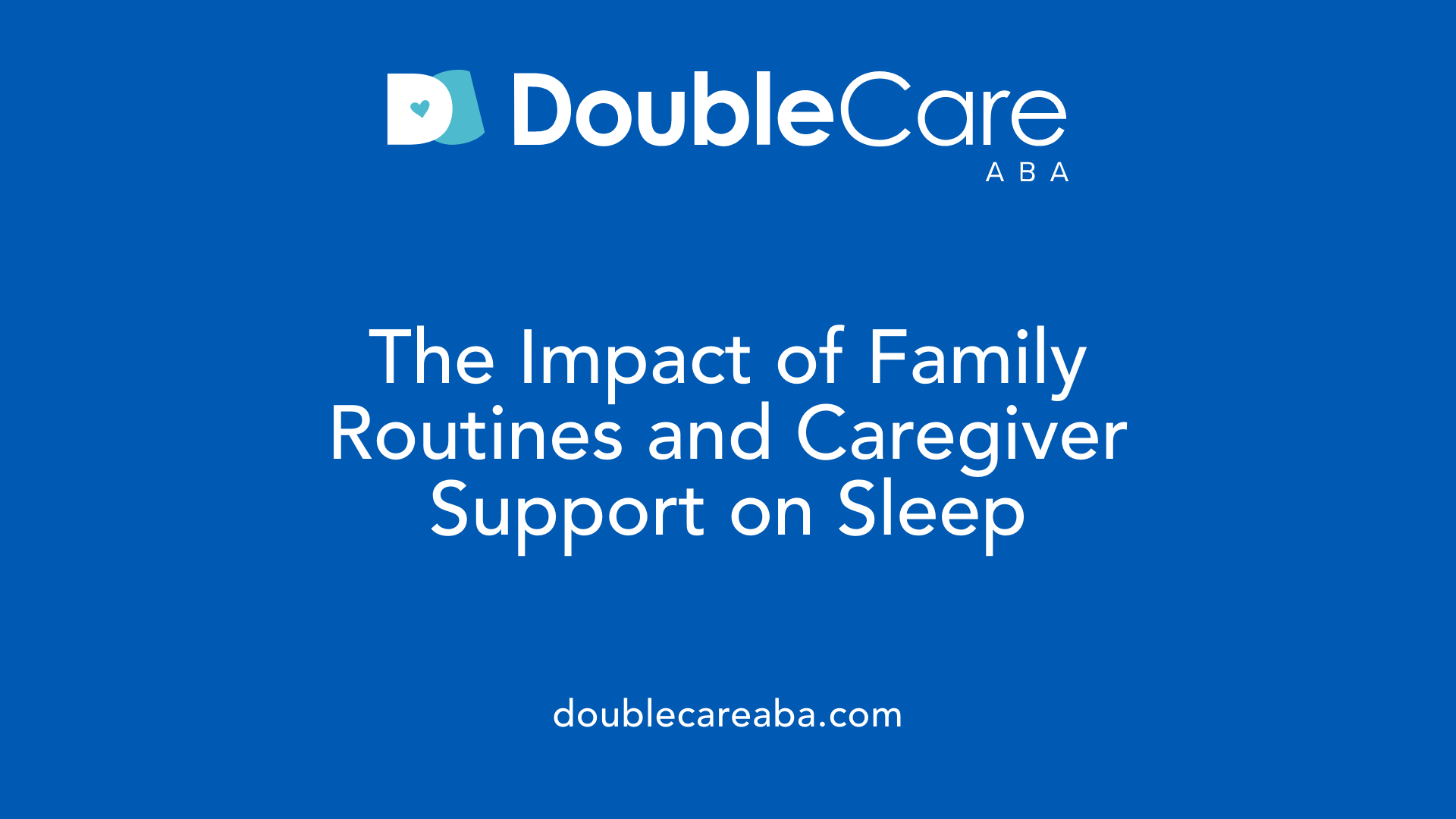
How Does Parental Stress Influence Sleep in Children with ASD?
Parental stress is a significant factor that can influence the sleep quality of children with autism spectrum disorder (ASD). Elevated stress levels may affect caregivers' ability to maintain consistent sleep routines and create a calm bedtime environment, which contributes to increased sleep difficulties in the child. Managing caregiver stress is therefore crucial for improving sleep hygiene in families affected by ASD.
Why Is Establishing and Maintaining Routines Important?
Children with ASD typically show a preference for structured and repetitive routines. Consistent bedtime routines, such as predictable and calming activities before sleep, support better sleep quality by reducing bedtime resistance and anxiety. These routines also help to decrease repetitive behaviors and improve sleep latency. However, while routines benefit children generally, research indicates that they may be less protective against externalizing behavioral problems in children with ASD compared to typically developing children.
What Role Do Home Environment Factors Play?
The home environment, including behavioral factors such as exercise levels, screen time, and caffeine consumption, critically impacts sleep hygiene in children with ASD. Moreover, sensory overarousal within the home, stemming from noise or lighting, can exacerbate sleep disturbances. Parents' ability to modify these factors, combined with managing biological and medical contributors to sleep problems, is key to creating an environment conducive to restful sleep.
Collectively, family dynamics and caregiver involvement are vital in managing sleep-related challenges in children with ASD. Emphasizing structured routines, reducing environmental stressors, and supporting caregivers can significantly improve both sleep and daytime behavior outcomes for the child.
Challenges and Limitations in Current Sleep Research for Autism

What Are the Gaps in Current Knowledge About Sleep in ASD?
Despite the high prevalence of sleep disturbances in children with autism spectrum disorder (ASD), significant gaps remain in understanding the full impact and underlying mechanisms. Sleep problems are often underdiagnosed and undertreated, partly due to variability in symptoms and the complexity of contributing factors. These include biological aspects like melatonin and circadian rhythms as well as behavioral causes such as sensory overarousal and anxiety.
Research has predominantly focused on quantifying sleep disturbances and their immediate behavioral effects. However, the diverse autism phenotype—ranging from low- to high-functioning individuals—means sleep issues manifest differently, complicating intervention strategies. For example, low-functioning children with ASD tend to have more severe and chronic sleep-wake cycle disturbances, yet they remain a less-studied group.
Why Is Further Research on Routines, Sleep, and Behavior Needed?
Routines and sleep hygiene play crucial roles in sleep quality for children with ASD, but their effectiveness varies. While routines are strongly linked to reduced externalizing behaviors in typically developing children, this protective effect is less evident in children with ASD. This highlights the need to explore how sleep interventions can be tailored more precisely to the unique needs of autistic children.
Furthermore, studies show that poorer sleep quality correlates with more pronounced behavioral challenges including aggression and irritability. Yet, the mechanisms connecting sleep disturbances, routine consistency, and daily behavioral outcomes require more detailed investigation.
Ongoing research must aim to profile sleep disruptions honestly, especially in low-functioning ASD groups, and develop targeted interventions combining behavioral and pharmacological approaches. Understanding how different factors intersect will be essential for improving quality of life and long-term outcomes for both autistic children and their families.
Potential Biomedical and Pharmacological Treatments Beyond Melatonin
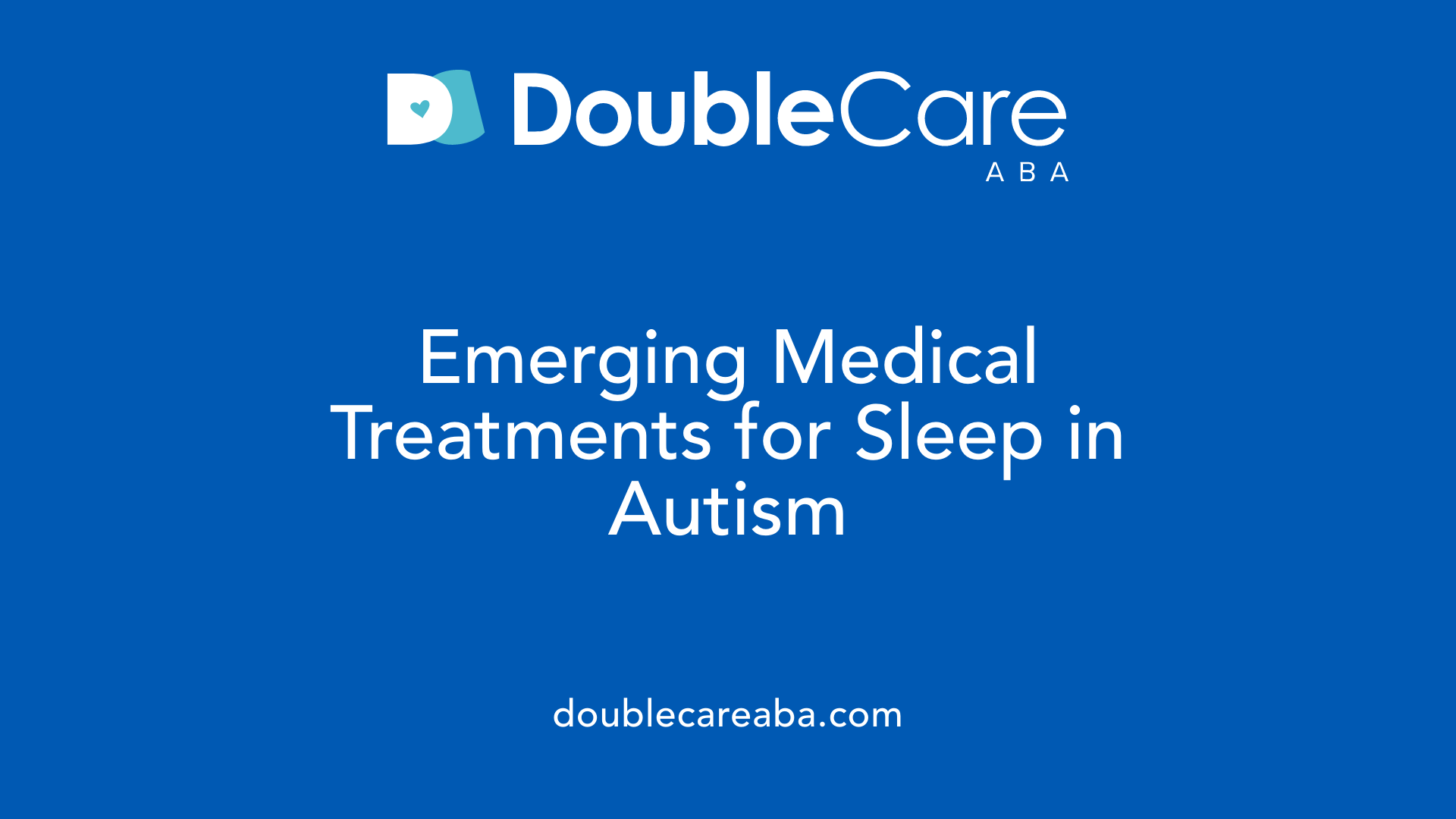
Additional therapeutic options being explored
Beyond melatonin supplementation, research is exploring various biomedical treatments aimed at improving sleep disturbances in children with autism spectrum disorder (ASD). These include interventions targeting dysregulation of arousal and hyperarousal, common issues linked to anxiety, sensory overload, and gastrointestinal challenges in ASD. Treatments focusing on reducing hyperarousal show promising biomedical benefits by potentially stabilizing the underlying neurophysiological mechanisms contributing to sleep difficulties.
Other approaches under investigation involve addressing hormonal imbalances beyond melatonin, as well as modulating circadian rhythms through light therapy or chronotherapy, though these require further clinical validation.
Complementary approaches to behavioral interventions
Biomedical therapies are generally viewed as adjuncts to behavioral strategies rather than standalone solutions. Behavioral interventions—such as establishing bedtime routines, improving sleep hygiene, and using visual supports—are effective in addressing sleep latency and reducing repetitive behaviors. When combined with biomedical treatments, particularly melatonin, there is a greater likelihood of improving overall sleep quality and daytime functioning.
Clinicians emphasize that pharmacological treatments should be personalized and monitored carefully. While melatonin is considered safe with no long-term side effects identified so far, other biomedical options are still in early phases and require medical guidance.
Ultimately, integrating biomedical treatments with tailored behavioral interventions offers a comprehensive strategy to manage sleep problems that frequently exacerbate core ASD symptoms and associated behavioral challenges.
Implications of Poor Sleep on Brain Function and Emotional Regulation in ASD
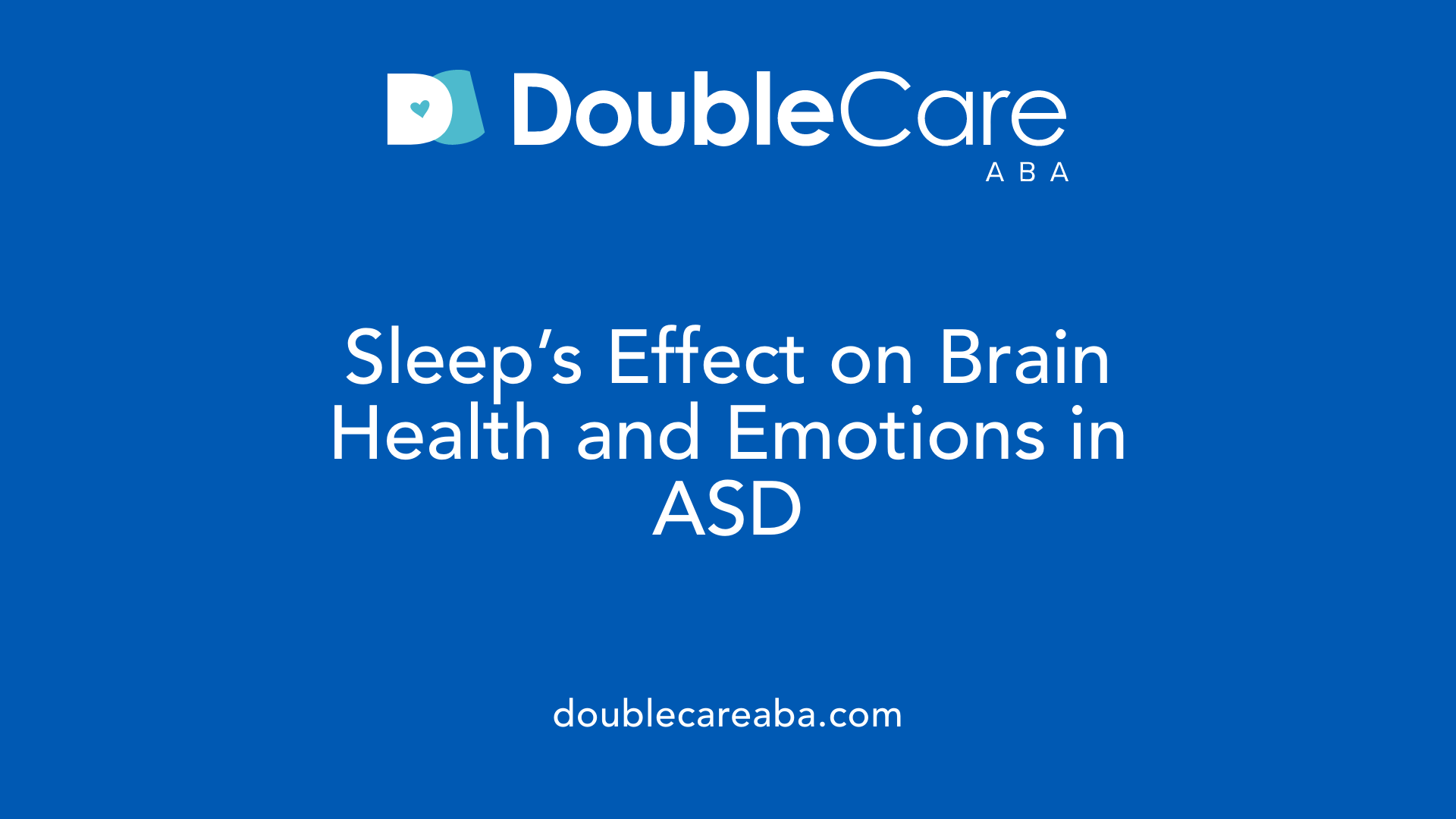
Impact on amygdala and prefrontal cortex
Poor sleep quality in children with Autism Spectrum Disorder (ASD) directly affects critical brain areas such as the amygdala and prefrontal cortex. The amygdala, which regulates emotional responses, becomes overactive when sleep is disrupted, leading to increased anxiety and difficulties in emotional control. Simultaneously, the prefrontal cortex, responsible for executive functions like decision-making and social interactions, experiences impaired functioning. This disruption to brain regions crucial for regulating emotions and behavior contributes to the worsening of ASD symptoms.
Consequences for social-emotional skills
Sleep disturbances exacerbate challenges in social and emotional regulation commonly seen in ASD. Children may experience heightened irritability, increased repetitive behaviors, and reduced ability to cope with social situations due to poor sleep. Difficulties in regulating emotions can lead to amplified social communication deficits and stereotypic behaviors. The impaired interplay between the amygdala and prefrontal cortex due to insufficient rest diminishes a child's capacity for emotional resilience and social engagement, making daily interactions more challenging.
Understanding these neurological impacts highlights why addressing sleep problems is vital. Interventions that improve sleep can help stabilize brain function, potentially easing social-emotional difficulties and improving quality of life for autistic children and their families.
Designing Effective Bedtime Routines to Support Sleep Hygiene
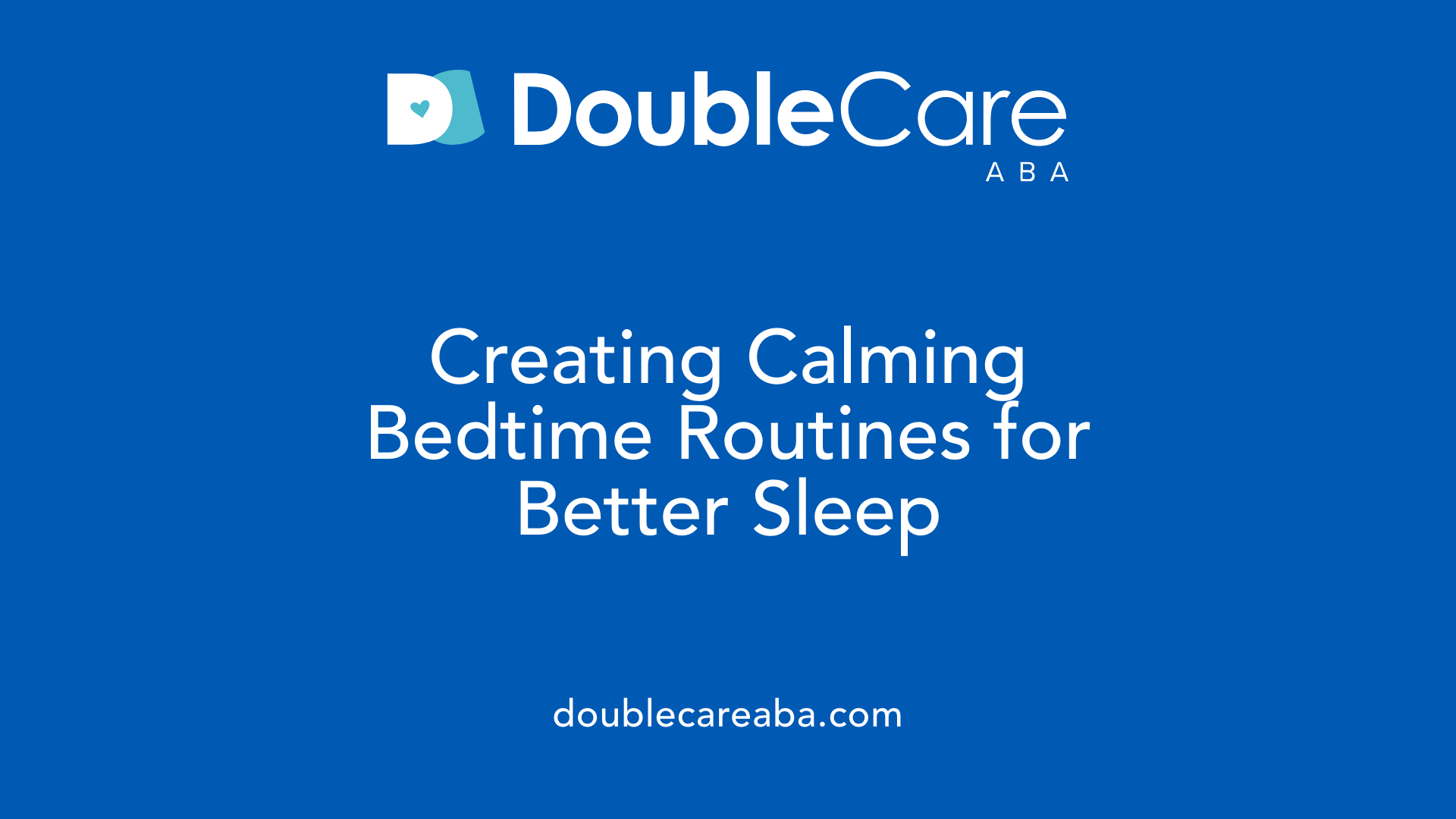
What Are Structured Activities Before Sleep?
Structured activities before sleep refer to consistent and repetitive actions that children engage in prior to bedtime. For children with autism spectrum disorder (ASD), these activities typically involve predictable steps performed with the support of a caregiver. Such activities can include reading a story, taking a bath, or listening to calming music.
Engaging in these activities helps signal to the child's brain that bedtime is approaching, promoting smoother transitions from wakefulness to sleep. Because many children with ASD have a strong preference for routines, these structured activities provide a comforting and familiar environment, which can reduce bedtime resistance and anxiety.
Why Is Consistency and Predictability Important?
Consistency in bedtime routines means carrying out the same activities in the same order every night at a similar time. Predictability ensures that the child can anticipate what comes next, which helps reduce stress and sensory overarousal that often complicate sleep initiation.
Research shows that children with ASD benefit from having structured bedtime routines as it can improve sleep quality by shortening sleep latency — the time it takes to fall asleep. Additionally, maintaining predictable routines supports better overall sleep hygiene, which is linked to reductions in externalizing behavioral problems such as irritability and hyperactivity.
Implementing Effective Bedtime Routines
- Choose calming and repetitive activities that your child enjoys and can participate in.
- Keep the environment low in sensory stimuli (dim lights, soft sounds).
- Maintain a consistent bedtime and wake-up time, even on weekends.
- Use visual supports or schedules to outline the routine step-by-step.
Consistency paired with structured activities addresses sleep disturbances prevalent in children with ASD and supports improved daytime behaviors, aiding both children and their families in managing the challenges associated with autism.
| Routine Component | Description | Benefit for ASD Children |
|---|---|---|
| Structured Activities | Predictable, calming actions before bed | Signals sleep time, reduces anxiety and bedtime resistance |
| Consistency | Same time and order nightly | Enhances predictability, reduces stress and sleep latency |
| Visual Supports | Picture schedules outlining routine steps | Supports understanding and anticipation |
| Environmental Control | Low lighting and minimal noise | Decreases sensory overload |
The Role of Sensory Processing Differences in Sleep Challenges Among Autistic Children
How Does Sensory Sensitivity Affect Sleep Onset and Maintenance in Autistic Children?
Sensory processing differences are common in children with autism spectrum disorder (ASD) and significantly impact their sleep patterns. These children often experience sensory overarousal, which can heighten anxiety and sensory overload, making it difficult to fall asleep and stay asleep throughout the night. For example, even subtle environmental stimuli such as sounds, light, or textures may lead to prolonged sleep latency and increased night awakenings.
This heightened sensory sensitivity disrupts the natural winding down process required for restful sleep. The inability to filter or modulate sensory input effectively increases hyperarousal states that interfere with the body's circadian rhythms and melatonin secretion patterns, both crucial for healthy sleep-wake cycles. Consequently, children with ASD may suffer from decreased sleep efficiency and reduced total sleep time.
What Intervention Strategies Target Sensory Needs to Improve Sleep?
Addressing sensory sensitivities is essential in improving sleep outcomes in autistic children. Behavioral interventions that incorporate sensory integration techniques can help lower arousal levels before bedtime. These may include creating a calming bedtime environment with minimal sensory distractions, using weighted blankets or soft textures for comfort, and implementing consistent routines that provide predictability and reassurance.
In addition, strategies aimed at reducing sensory overload—such as dimming lights, limiting screen exposure, and ensuring a quiet sleep setting—have demonstrated effectiveness. Combining these behavioral techniques with melatonin supplementation, when clinically appropriate, can further support the regulation of the circadian system and enhance sleep quality.
Tailoring interventions to each child's unique sensory profile is critical. Clinicians often recommend comprehensive assessments to identify specific sensory triggers and devise personalized sleep hygiene plans. These approaches collectively contribute to reducing sleep disturbances and improving daytime behavior and overall quality of life for autistic children.
| Aspect | Effect on Sleep | Intervention Example |
|---|---|---|
| Sensory Overarousal | Prolonged sleep latency, night awakenings | Sensory integration therapy, weighted blankets |
| Environmental Stimuli (light, noise) | Sleep maintenance difficulties | Soundproofing, dim lighting, quiet bedtime routine |
| Predictability and Routine | Helps reduce anxiety and supports sleep onset | Consistent bedtime routines and visual supports |
| Combined Melatonin Use | Supports circadian rhythm regulation | Clinician-guided melatonin supplementation |
Cost and Accessibility Considerations in Sleep and Behavioral Interventions
Availability of specialized services
Specialized sleep and behavioral interventions for children with ASD, including melatonin supplementation and targeted behavioral strategies, are essential for managing sleep disturbances and related behaviors. However, access to these specialized services is often limited by factors such as geographic location and the availability of trained professionals. Many families may struggle to find clinicians familiar with ASD-specific sleep issues or providers who can deliver comprehensive behavioral sleep hygiene programs.
Equity in access to treatment
Equity remains a significant barrier in accessing effective sleep and behavioral treatments. Children from under-resourced communities may encounter difficulties obtaining diagnosis, consistent treatment, or ongoing support due to financial constraints or lack of insurance coverage. This disparity can exacerbate the challenges of managing sleep problems, particularly for low-functioning individuals who may require more intensive care. Furthermore, families with higher stress levels or fewer resources could experience compounding effects on both sleep routines and daytime behaviors.
Addressing these cost and accessibility challenges is critical, as untreated sleep disturbances can worsen core autism symptoms and increase behavioral difficulties. Expanding access to affordable, evidence-based therapies, along with clinician training programs in diverse settings, can improve outcomes and reduce the burden on families managing ASD-related sleep issues.
Summary and Future Directions in Addressing Sleep and Behavior in Autism
Integrative Approaches
Addressing sleep difficulties in children with autism spectrum disorder (ASD) requires a multi-faceted strategy combining both behavioral and biological interventions. Behavioral methods, such as establishing consistent bedtime routines and improving sleep hygiene, are crucial for enhancing sleep quality and reducing repetitive and externalizing behaviors. These routines often include predictable, repetitive activities in a structured setting that can help regulate sleep latency and reduce behavioral challenges.
Pharmacological approaches, particularly melatonin supplementation, complement behavioral strategies by targeting neurophysiological underpinnings of sleep disturbances like disrupted circadian rhythms and abnormal melatonin secretion. It is important that melatonin use is closely supervised by clinicians to ensure safety and effectiveness.
Additionally, interventions targeting hyperarousal and sensory overarousal—common in ASD due to anxiety, sensory sensitivities, or gastrointestinal issues—show promise in improving both biomedical and behavioral outcomes.
Research Priorities and Clinical Practice Improvements
Despite the high prevalence of sleep problems in ASD and their significant impact on core symptoms and daytime functioning, such issues are frequently underdiagnosed and undertreated. Future research should prioritize profiling sleep disruptions across the autism spectrum, especially in low-functioning individuals who are at greater risk for chronic sleep-wake cycle disturbances.
Studies focusing on the interplay between sleep disturbances, routines, and behavioral outcomes are needed to understand how to tailor interventions most effectively. Clarifying the protective role of routines and identifying factors that modulate externalizing behaviors could improve targeted support.
Clinically, increasing awareness of sleep-related challenges in ASD and integrating routine sleep assessments into standard care could enhance diagnosis and treatment. Moreover, combining behavioral interventions with biomedical therapies, supported by ongoing research, holds potential to improve quality of life for children with ASD and their families.
Key Takeaways on Sleep Hygiene and Behavioral Management in Autism
Sleep disturbances are a pervasive challenge for individuals with autism spectrum disorder, intricately linked to worsening core symptoms and problematic behaviors. Understanding the underlying neurophysiological, behavioral, and medical contributors allows for more targeted, holistic interventions. Behavioral sleep strategies, alongside carefully managed use of melatonin, complement therapies like ABA to foster improved sleep and daytime functioning. Establishing consistent routines is particularly vital, even though its protective effects on externalizing behaviors may differ in ASD. Further research is essential to refine sleep hygiene practices and integrate these with individualized behavioral therapies, ensuring the full therapeutic potential is realized to enhance quality of life for autistic individuals and their families.
References
- The relationship between sleep and behavior in autism ...
- Sleep Issues in Autism - Beth Malow, M.D.
- The relation among sleep, routines, and externalizing ...
- Applied Behavior Analysis (ABA)
- Treatment and Intervention for Autism Spectrum Disorder
- Applied Behavior Analysis (ABA)
- 6 Benefits of ABA Therapy for Children with Autism
- Applied Behavior Analysis (ABA)
- Applied Behavior Analysis (ABA) for Children With Autism
- How to become an ABA therapist?






